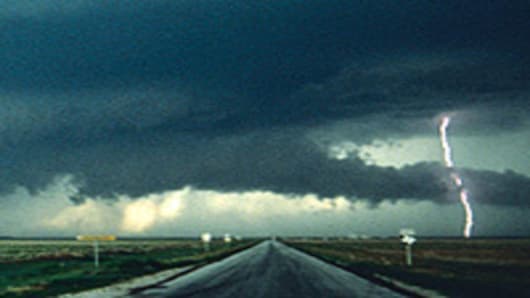A study in the 1962 "Journal of Applied Meteorology" suggested weather forecasts tailored to the U.S. raisin-drying industry could help maximize gains and minimize losses.
Half a century later, private-sector meteorologists are selling customized weather data to a myriad of enterprises — agriculture, fast food, retail, energy, manufacturing, construction and transportation, golf, sailing and pigeon-racing.
“There is a very close connection between weather and finance, very close in some industries and closer than you might think in others,” says Edward Johnson, director of the National Weather Service’s office of strategic planning and policy, which works with the forecasting industry. “I still get surprised from time to time about the creative ways that the U.S. economy is using our information to be more efficient, to protect people’s lives, to create new companies.”
While the National Weather Service focuses heavily on public safety, private-sector meteorology businesses take the government’s free, raw data — and in some cases generate their own — and tailor it to their commercial customers.
They serve the likes of trucking companies that route vehicles based on winds, fast-food chains that analyze weather data to help gauge the effectiveness of ad campaigns, and steel makers watching for cold snaps that could hamper production.
Where there were tensions in the past, the government and the U.S. meteorology industry collaborate extensively today, along with academia, in what the players call the “weather enterprise.”
The National Weather Service, part of the National Oceanic and Atmospheric Administration, issues data to support the entire economy, and “we have a laser-like focus on public safety,” says Johnson. “But we don’t believe it’s our job to provide packaged information for an individual manufacturer.”




